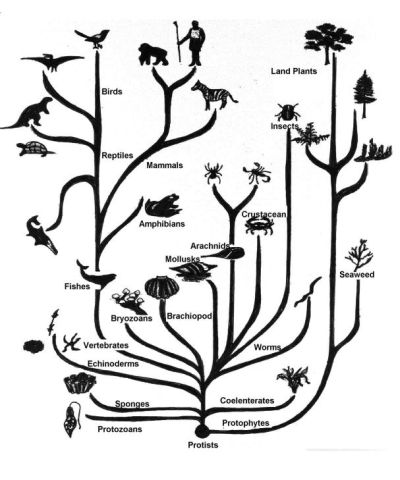The Harpy Eagle, or Harpia harpyja, a neotropical eagle, is
the most powerful raptor in the Americas.
It is first described in the taxonomy
in 1758. It is a member of the Accipitridae family, the Order of
Accipitriformes, the Aves Class, the Chordata Phylum, and the Kingdom of
Animalia.
The upper side of the
harpy eagle is covered with slate-black feathers, and the underside
is mostly white, except for the feathered tarsi, which are striped black. A broad black band across the
upper breast separates the gray head from the white belly. The head is pale
grey, and is crowned with a double crest. The upper side of the tail is black
with three gray bands, while the underside of it is black with three white
bands. The iris is gray or brown or red, the cere and bill are black or
blackish and the tarsi and toes are yellow. The plumage of males and
females are identical. The tarsus is up to 13 cm (5.1 in) long.
Despite its enormous size, the Harpy
Eagle is not the biggest eagle species ever nown. The title currently hold by
the Phillipne Eagle, but pale in size to the extict haas’t eagle in New Zealand
Rare
throughout its range, the harpy eagle is found from Mexico (almost extinct), through Central
America and into South
America to as far
south as Argentina. The eagle is most common in Brazil, where it is found across the entire national territory. With the
exception of some areas of Panama, the species is almost extinct in Central America,
subsequent to the logging of much of the rainforest there.
The
harpy eagle is an actively hunting carnivore and is an apex
predator. Adults are near
the top of a food chain but are preyed upon by ocelots and jaguars. Its main prey
are tree-dwelling mammals and a majority of the diet has been shown to focus on sloths and monkeys.
No display is known between pairs of eagles, and they are believed to mate for life. A pair of harpy eagles usually only raises one chick every 2–3 years. After the first chick hatches, the second egg is ignored and normally fails to hatch unless the first egg perishes. The egg is incubated around 56 days. When the chick is 36 days old, it can stand and walk awkwardly. The chick fledges at the age of 6 months, but the parents continue to feed it for another 6 to 10 months. The male captures much of the food for the incubating female and later the eaglet, but also takes an incubating shift while the female forages and also brings prey back to the nest. Breeding maturity is not reached until birds are 4 to 6 years of age. Adults can be aggressive toward humans who disturb the nesting site or appear to be a threat to its young.s
Although the harpy eagle still occurs
over a considerable range, its distribution and populations have dwindled
considerably. It is threatened primarily by habitat
loss due to the
expansion of logging, cattle ranching, agriculture, and prospecting.
Secondarily, it is threatened by being hunted as an actual threat to livestock
and/or a supposed one to human life, due to its great size.
Wikipedia
Questions
1. What are the physical characteristic of the Harpy Eagle?
(A).Grey head, black tail, reddish eye, yellow toes
B. Black head, black tail, black eye, black toes
C. White head, white head, black eye, brown toes
D. Golden head, black tail, blue eye, white toe
2. Where do the Harpy Eagle lives?
A. Philppines
(B). South America
C. North America
D. Europe
3. How many child does the Harpy Eagle usually raise?
(A). 1
B. 2
C. 3
D. 4
4. Why is the Harpy Eagle rare?
A. Because they can't adapt to the modern climate
B. Because of rising temperature
(C). Because of deforestation and habitat loss
D. Because of an invasive species
5. What differ the Harpy Eagle from the other eagles?
A. It is the smallest eagle
B. It is a carnivore
C. It lives in the jungle
(D). It is one of the largest

